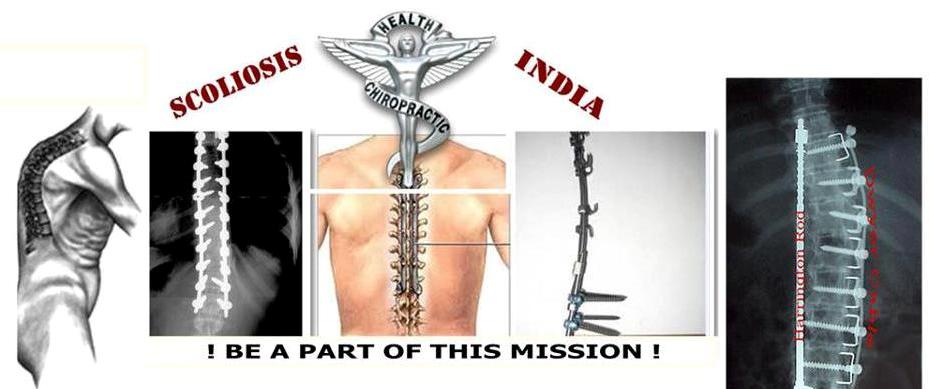Crosslinks didn't improve outcomes, but added bulk and cost.
In posterior spinal fusion for adolescent idiopathic scoliosis, crosslink use in conjunction with pedicle screw constructs did not improve outcomes, researchers reported here.
A multicenter analysis revealed no obvious improvement for young patients who had crosslinks compared with patients who didn't, and discontinuation of crosslink use could save roughly $1,000 per surgery, according to Cameron R. Niswander, BA, of the University of Colorado, and colleagues.
"Traditional constructs utilizing pedicle posts and wires suffer from a lack of rotational stability. Crosslinks are traditionally utilized as a way to reduce that motion," Niswander said in a presentation at the annual meeting of theAmerican Academy of Orthopaedic Surgeons. "However, with the implementation of more modern systems such as the pedicle screws it's unclear whether crosslinks still need to be utilized."
"We found no differences in radiographic outcomes, clinical outcomes, or complication rates between groups. Therefore, crosslinks are no longer utilized in adolescent idiopathic scoliosis surgery with pedicle screw constructs at our institution," he added. "This has resulted in a cost reduction of about $1,000" per patient.
For the study, Niswander and colleagues -- who included Sumeet Garg, MD, and Mark Erickson, MD, of Children's Hospital of Colorado in Aurora -- searched a multicenter database for patients who underwent posterior spinal fusion for adolescent idiopathic scoliosis both with and without the use of crosslinks.
Inclusion criteria required pedicle screw fixation with more than 90% fixation points, no three-column osteotomy, no sacrum/pelvic fixation, and a minimum follow-up period of 2 years.
In a final sample of 500 patients, 377 with crosslinks and 123 without crosslinks, the researchers matched patients between groups based on age, BMI, and gender, as well as Lenke classification (P=0.6743), riser sign (P=0.2599), and preoperative radiographic measurements.
Implant density was 1.67 in in the crosslink group, and 1.70 in the non-crosslink group (P=0.3611).
At the 2-year follow-up, the crosslink group had a slightly decreased lumbar Cobb angle of 2.7 degrees compared with the non-crosslink group, but no other radiographic measures differed between groups in coronal balance, shoulder height, trunk shift, or sagittal balance.
Complications were reported in 21 patients in the crosslink group, and nine patients in the no-crosslink group (P=0.478). One infection was reported in the crosslink group, but none were reported in the no-crosslink group.
Reoperations were necessary for four patients, all of whom had crosslinks, and three of those surgeries were to remove implants at the patient's own request.
Scores on the Scoliosis Research Society-22r questionnaire from pre- and postsurgery were similar between groups (P=0.4634). However, self-image scores were slightly improved for non-crosslink patients, and function scores were slightly higher in the crosslink group.
The only difference that reached statistical significance was the improvement in mental health scores in the crosslink group (P<0.05).
Spinal Appearance Questionnaire scores were also similar for appearance (P=0.2125), expectations (P=0.5007), and improvement in appearance (P=0.1651) and expectation (P=0.1133).
"Since both groups were around that same 1.7 mark, it's hard to know whether more pedicle screws were used, if they were using fewer crosslinks, or no crosslinks for that matter. From our data, we can't say, if we use fewer pedicle screws, can we get away with fewer crosslinks," Niswander said.
The authors reported that the list price for crosslinks used at their institution ranged from $1,000-$2,000 per unit, depending on the specific type.
Source: Medpagetoday , 27th March 2015
